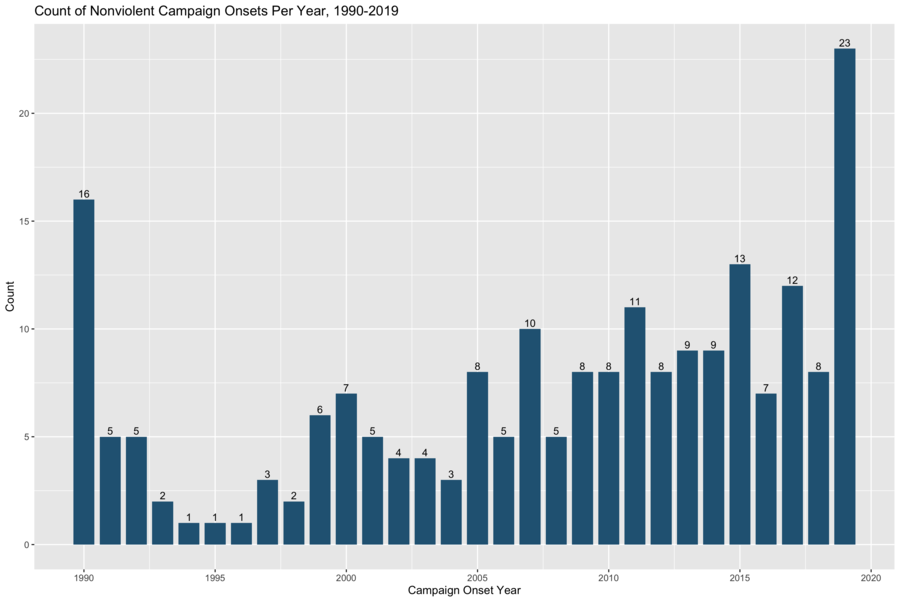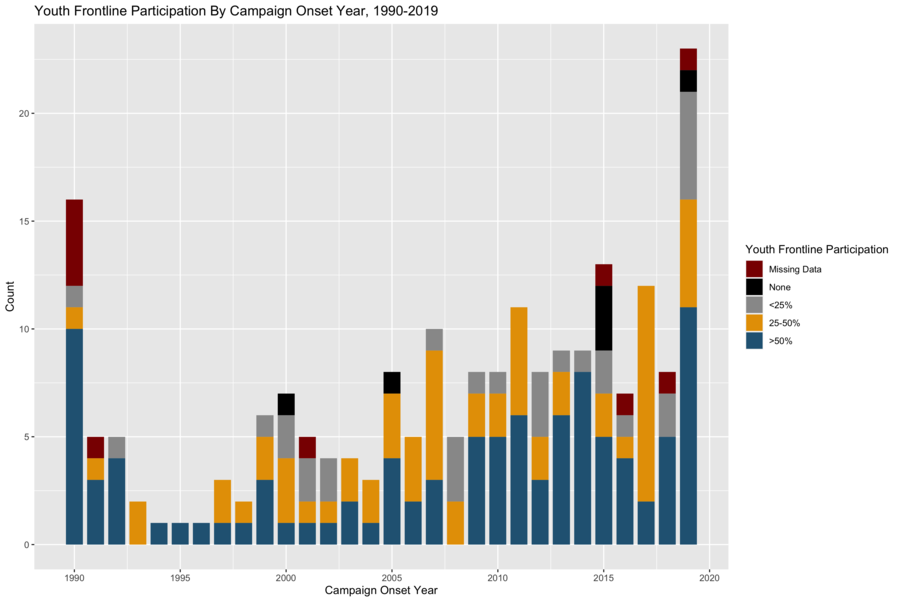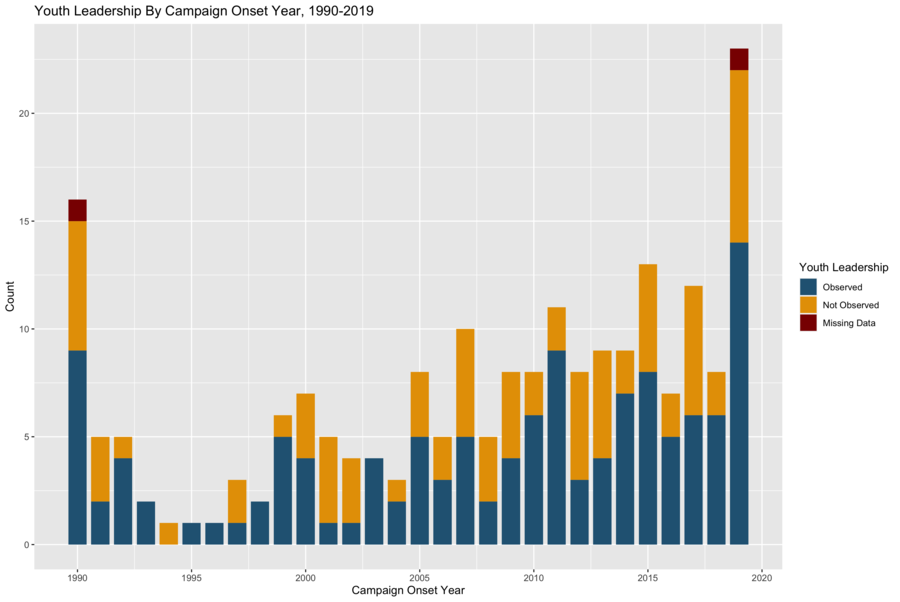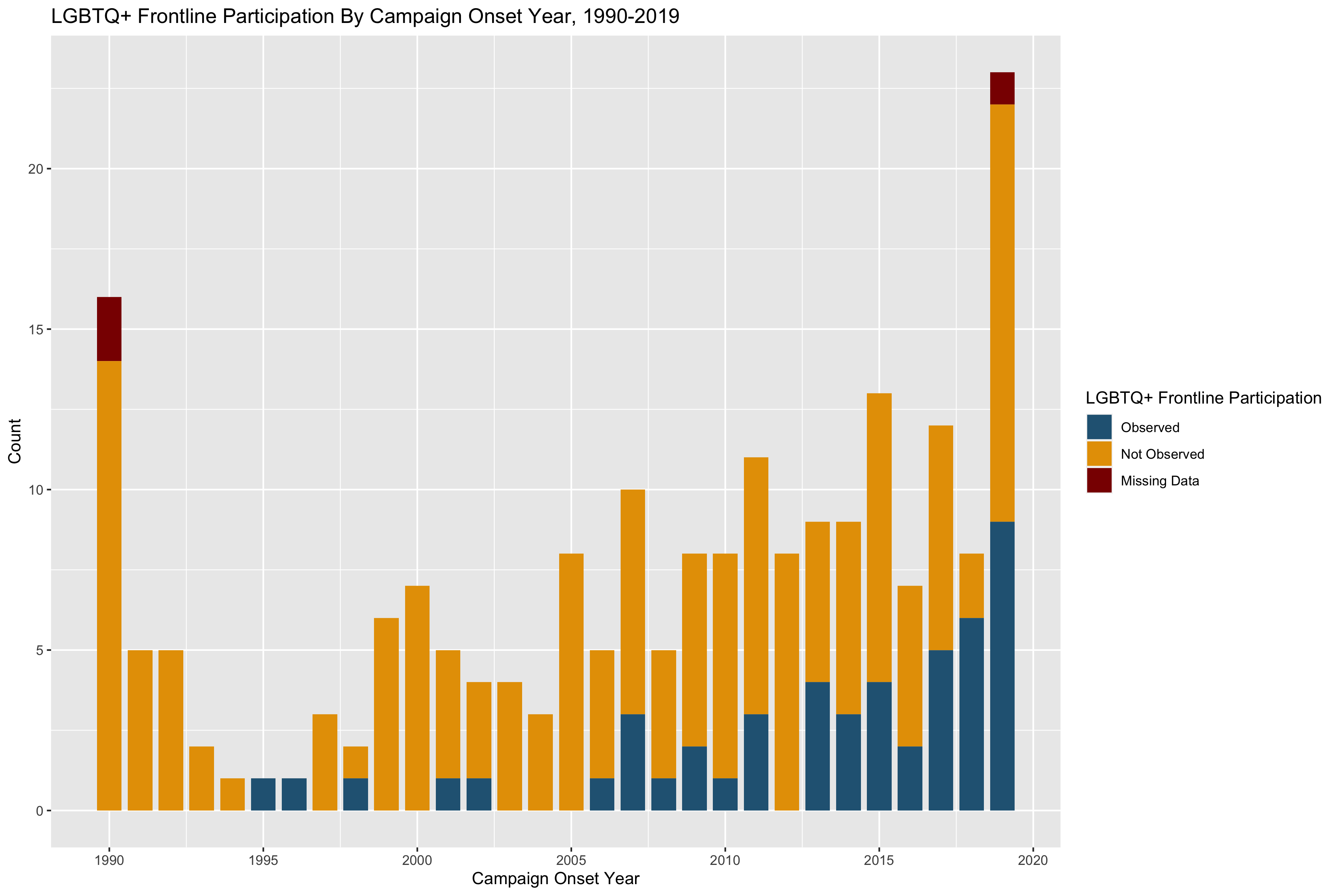Nonviolent action, also known as civil resistance, is a powerful force for good. A growing body of scholarship illustrates that, compared to violent rebellion, nonviolent people power campaigns are more likely to succeed against oppressive regimes and are also more likely to produce consolidated democracies in the long term. But beyond this general endorsement of nonviolent tactics, much remains unknown about the dynamics of nonviolent action.
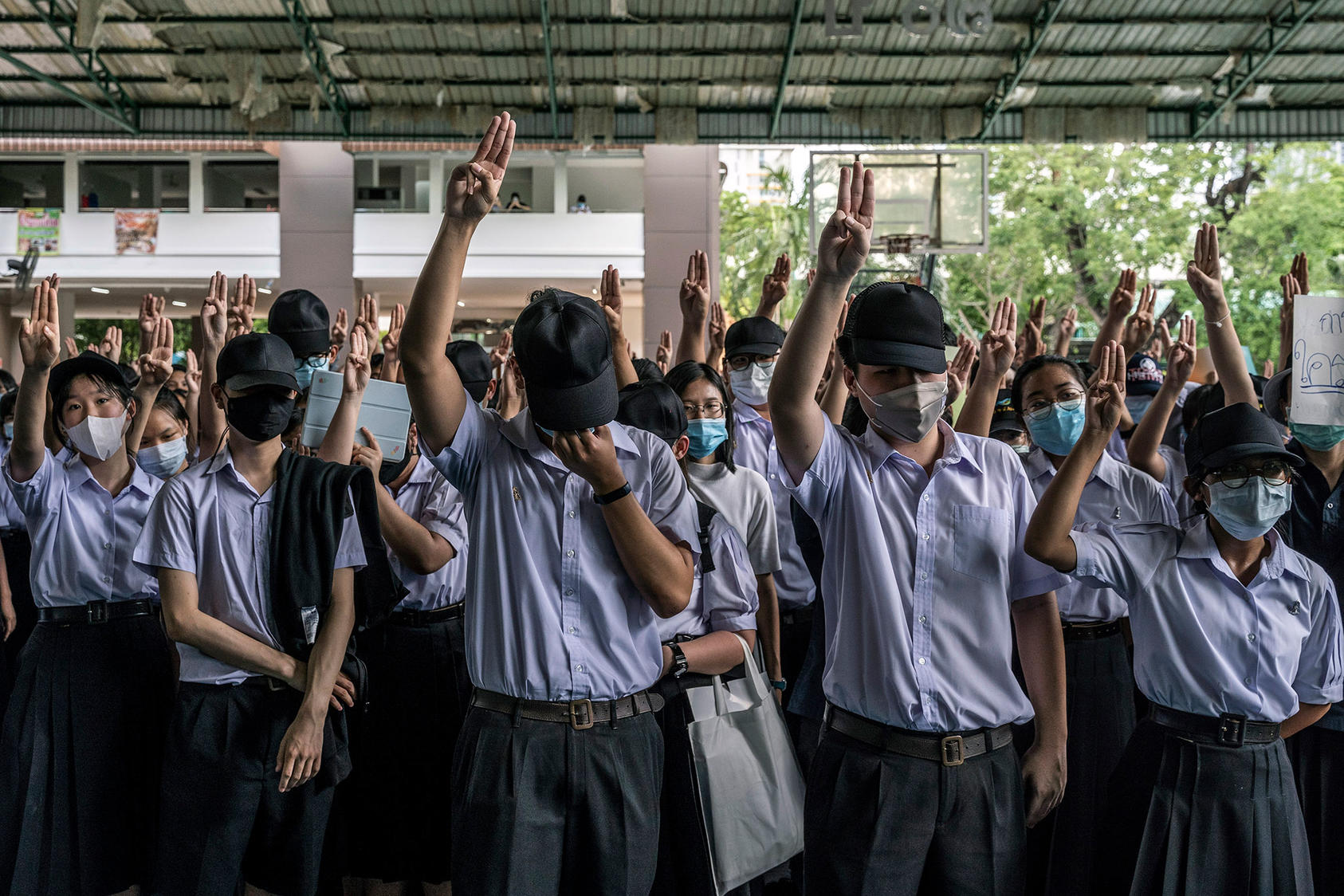
Consider the demographic composition of nonviolent campaigns: Who participates, and how does the participation of different groups affect campaign strategy, processes and outcomes? Recent studies explore this topic in terms of gender and ethnicity, but other demographic sub-groups, such as youth and LGBTQ+, have received less attention.
Youth activism is a moderately developed topic of study, but the field lacks a comprehensive cross-national data source assessing the extent and nature of youth participation in contemporary nonviolent campaigns. Similarly, LGBTQ+ participation in nonviolent action is an almost entirely unexplored area of empirical research. These are sizeable gaps in knowledge that prevent organizations concerned with youth and LGBTQ+, as well as nonviolent action more generally, from designing better programming to support these groups as they mobilize in pursuit of peaceful, democratic change.
The WiRe+ Dataset
The WiRe+ dataset begins to fill these gaps in knowledge. The dataset expands the original Women in Resistance (WiRe) dataset to provide a globally comprehensive data source on youth and LGBTQ+ participation in 209 maximalist nonviolent campaigns (those that pursue regime change, secession or newly autonomous states) from 1990-2020. The data is collected at the campaign level, and include several indicators for both youth and LGBTQ+ participation.
The main measures are:
- Youth and LGBTQ+ frontline participation in movements
- Youth and LGBTQ+ organizational presence
- Youth and LGBTQ+ presence in campaign leadership.
The data was collected by a team of trained and supervised research assistants at Harvard, who coded youth and LGBTQ+ variables for each historical case. The full WiRe+ data set and corresponding codebook is publicly available on Harvard Dataverse. More detailed discussions of the data and initial analysis can be found in a corresponding USAID Report introducing the dataset, as well as this related analysis of the risks and rewards of youth activism.
To introduce the dataset, we present descriptive visualizations for several key variables below:
Figure 1: Campaign onsets, 1990-2019
This histogram displays the universe of nonviolent campaigns included in the WiRe+ dataset, divided by year of campaign onset (n = 209). As discussed in other recent literature, nonviolent campaigns have grown more frequent over time.
Figure 2: Youth Frontline Participation, 1990-2019
Figure 2 overlays the frequency of youth frontline participation on the baseline histogram of campaign onsets. The WiRe+ dataset measures four levels of youth participation; none, minimal (less than 25% of participants), moderate (25-50%), or extensive (greater than 50%). The figure illustrates that youth frontline participation is very common throughout the full temporal scope of the WiRe+ data – youth have consistently played an outsized role on the frontlines of nonviolent campaigns.
Figure 3: Youth Leadership, 1990-2019
Figure 3 overlays the incidence of youth leadership on the baseline histogram of campaign onsets. The WiRe+ data provides a binary measure of youth leadership – campaigns that explicitly featured active youth involvement in central leadership are coded as “youth leadership observed.” The data illustrate that at least some degree of youth leadership is common, as 60% of cases are coded as youth leadership observed. There were no clear time trends in youth leadership.
Figure 4: LGBTQ+ Frontline Participation, 1990-2019
Lastly, figure 4 overlays the frequency of LGBTQ+ frontline participation on the baseline histogram of campaign onsets. The WiRe+ data provides a binary measure of LGBTQ+ frontline participation – campaigns that featured reports of overt and active LGBTQ+ frontline contestation are coded as “LGBTQ+ frontline participation observed.” The data reveal a clear time trend – overt LGBTQ+ frontline participation has become more likely over time, and was rare prior to 2006. Subsequent analysis reveals that LGBTQ+ frontline participation is also strongly associated with youth participation.
Featured Resources
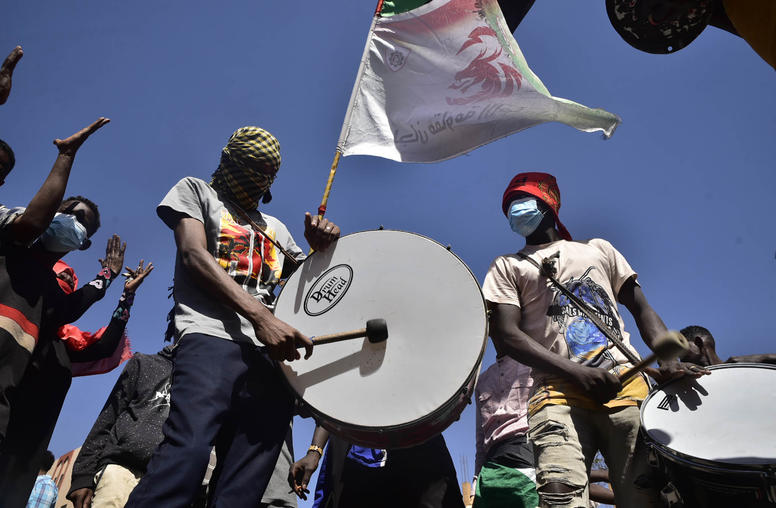
Youth Activism: Balancing Risk and Reward
Young people help nonviolent campaigns succeed, but youth — especially women — do not share equally in the spoils of victory.
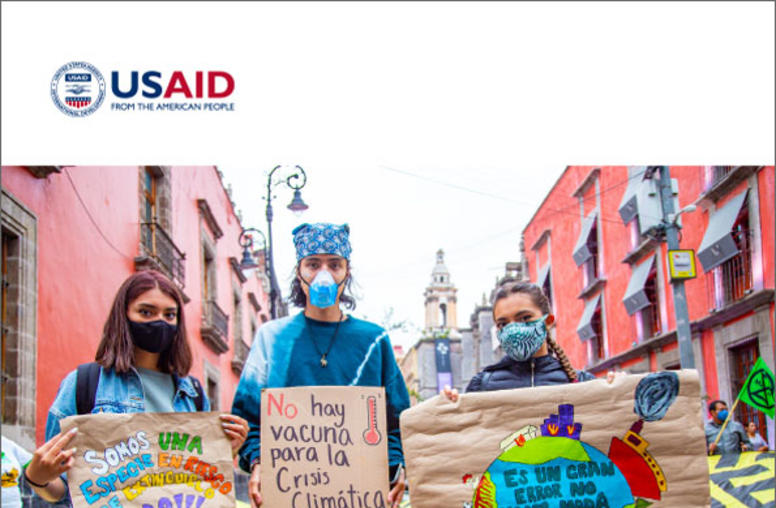
Youth and LGBTQ+ Participation in Nonviolent Action
This report introduces the Women in Resistance + (WiRe+) dataset, which includes novel measures of youth and LGBTQ+ participation in maximalist nonviolent campaigns from 1990-2020.
